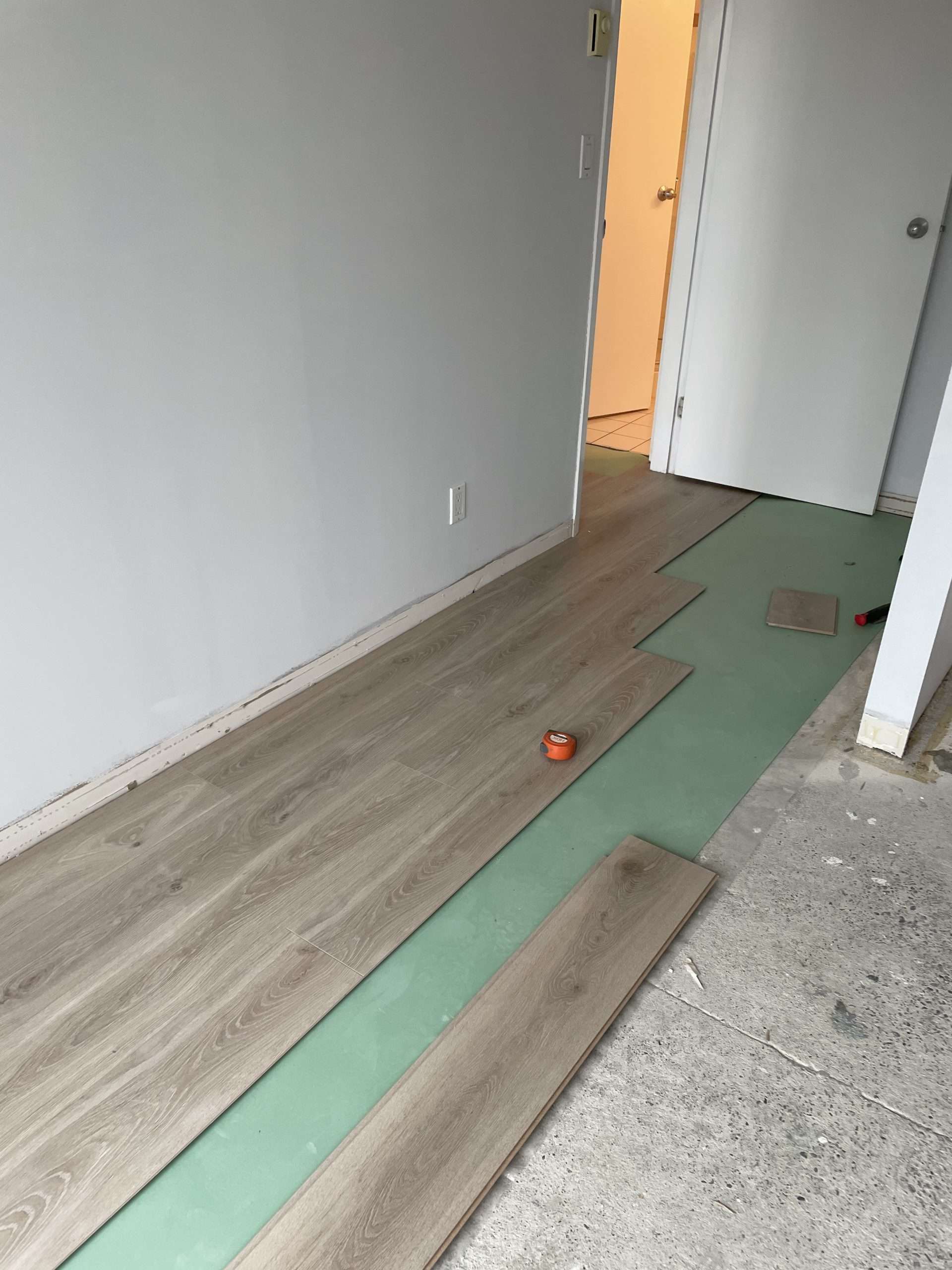An underlay for laminate flooring is a material that is installed between the subfloor and the laminate flooring planks. Its purpose is to provide cushioning, insulation, moisture protection, and sound reduction. There are different types of underlayment materials available, including foam, cork, rubber, and felt. Foam underlayment is the most commonly used type because it is affordable and easy to install. It also offers good sound and moisture resistance.
Here are some facts about underlay:
Benefits of using underlay:
- Cushioning: An underlay provides a softer surface for walking and standing, reducing foot fatigue.
- Insulation: It helps to insulate the room by reducing heat loss and providing a barrier against cold floors.
- Moisture Protection: Some underlayment materials have moisture-blocking properties, which help to prevent moisture from damaging the flooring.
- Sound Reduction: An underlayment can help to reduce noise transmission between floors and rooms.
Types of Underlayment:
- Foam: This is the most commonly used underlayment material for laminate flooring. It is made from either polyethylene or polypropylene foam and is available in various thicknesses.
- Cork: Cork is a natural material that offers good sound and thermal insulation properties. It is also eco-friendly and renewable.
- Rubber: Rubber underlayment is durable and has good sound insulation properties. It is also resistant to mold, mildew, and bacteria.
- Felt: Felt underlayment is made from recycled materials and offers good sound absorption and moisture resistance properties.
Installation:
Underlayment is typically rolled out over the subfloor and cut to size, with the edges overlapped and taped together. It is important to ensure that the underlayment is installed correctly to prevent any bumps or creases from forming under the laminate flooring. It is also important to follow the manufacturer’s guidelines on underlayment thickness and type to ensure that the warranty remains valid.
Cost:
The cost of underlayment varies depending on the type and thickness of the material. Foam underlayment is the most affordable option, while cork and rubber underlayment tend to be more expensive. However, the cost of underlayment is a small fraction of the cost of the overall flooring installation and is well worth the investment to protect your laminate flooring and ensure a comfortable living environment.
When selecting an underlay for your laminate flooring, it is important to consider the requirements of the manufacturer and the conditions of your subfloor. Some laminate flooring manufacturers require specific types of underlayment to maintain the warranty, while others have no requirements. You should also consider the level of traffic in the area where the laminate flooring will be installed, as this will affect the thickness and durability of the underlayment needed.



